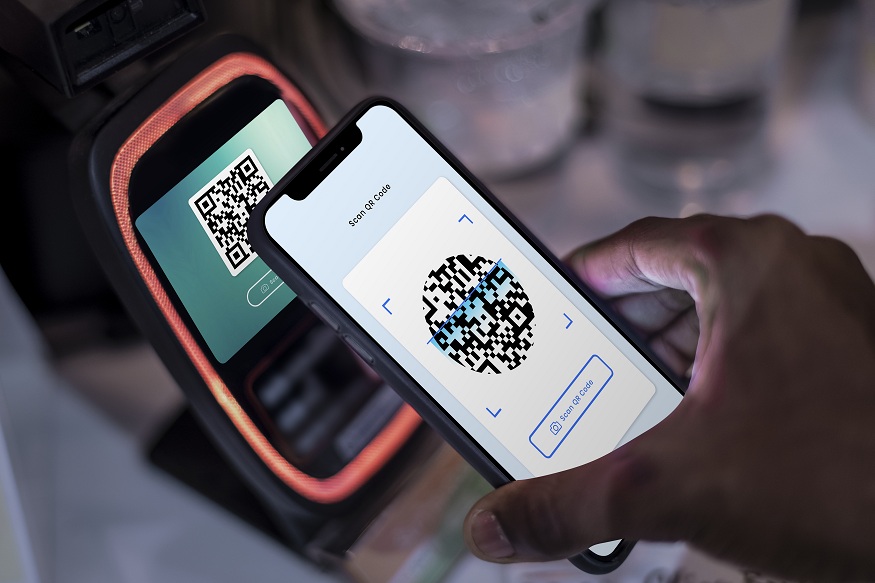In a rapidly evolving digital landscape, the way we handle money has been revolutionised. Unified Payments Interface (UPI), an innovative system developed in India, has transformed our financial transactions. But as the popularity of UPI grows, so do concerns about security. With millions relying on these apps daily, ensuring a secure UPI app is now more crucial than ever.
Understanding UPI: A Brief Overview
Before diving into the security aspects, it’s essential to grasp what UPI is. Introduced by the National Payments Corporation of India (NPCI) in 2016, UPI allows instant money transfers between bank accounts via a mobile platform. Gone are the days of remembering complicated account numbers and IFSC codes; UPI simplifies transactions with just a Virtual Payment Address (VPA).
However, with great convenience comes the risk of cyber threats. As our dependency increases, ensuring that these platforms are secure becomes a top priority.
The Necessity of a Secure UPI App
When discussing digital payments, one cannot overlook the crucial aspect of security. Why is a secure UPI app necessary? The answer lies in the ever-increasing cyber threats. As technology evolves, so do hackers’ methodologies. Recent studies indicate a sharp rise in phishing attacks and other forms of cyber fraud targeting financial apps. The stakes are incredibly high, as a single breach can lead to substantial financial loss and erode consumer trust.
Core Elements of UPI Security
Strong Authentication Mechanisms
The foundation of any secure UPI app is a robust authentication process. UPI apps commonly use two-factor authentication (2FA), integrating mobile numbers with One Time Passwords (OTPs). This method ensures that even if someone obtains your login credentials, they would still need access to your personal device to complete a transaction.
End-to-End Encryption
Another cornerstone of UPI security is end-to-end encryption. This security protocol ensures that the data exchanged between the user’s device and the server is unreadable to anyone except the intended recipient. In essence, encryption acts as an impenetrable wall for cybercriminals trying to access sensitive information.
Real-time Monitoring and Alerts
A genuinely secure UPI app must incorporate real-time monitoring of transactions. By using machine learning algorithms and AI, these apps can detect unusual patterns or suspicious activities and trigger instant alerts to the user. This proactivity is vital in mitigating potential fraud before it escalates.
Advanced Security Practices
Biometric Authentication
In recent years, biometric authentication has become prominent. Utilising fingerprint or facial recognition technology not only enhances security but also simplifies the user experience. With biometrics, a user’s unique physical characteristics become the key to unlocking their account—making it significantly harder for intruders to gain unauthorized access.
Behavioural Analytics
Behavioural analytics is an advanced method used to secure UPI apps. By analysing user behaviour patterns—such as typical transaction times or usual payment amounts—the app can identify anomalies that may indicate potential security threats. This method adds an extra layer of security by considering the user’s unique transaction habits.
Regulatory Compliance and Best Practices
Adherence to RBI Guidelines
In India, the Reserve Bank of India (RBI) has set forth numerous guidelines to ensure the security of digital transactions. A secure UPI app must comply with these regulations, ensuring a standardised approach to user safety.
Regular Security Audits
Regular security audits and updates are paramount to maintaining a secure UPI app. These audits help identify vulnerabilities and implement necessary patches to address them. In a world where cyber threats continually evolve, staying one step ahead is essential.
User Education and Awareness
Even the most secure systems are vulnerable if users are not educated about safe practices. A secure UPI app will actively engage in educating its users, providing clear instructions on recognising phishing attempts, creating strong PINs, and ensuring personal devices remain secure.
Real-world Examples and Case Studies
To fully appreciate the importance of UPI security, one must consider real-world scenarios. For instance, in 2020, a major UPI app faced scrutiny over data breach concerns. While no breach was officially confirmed, the incident served as a wake-up call for both users and developers, highlighting the importance of robust security measures and timely responses.
Furthermore, according to a report by the Indian Computer Emergency Response Team (CERT-In), India witnessed over 2 lakh cyber-attacks in just the first half of 2022. These figures underline the critical need for stringent security measures in UPI apps and other digital financial services.
The Future of UPI Security
AI and Machine Learning
The future of UPI security lies in the continued integration of AI and machine learning. These technologies can significantly enhance fraud detection by predicting and identifying potential threats based on vast datasets. By learning from past incidents, AI can anticipate and mitigate risks, offering a dynamic and continuously evolving security framework.
Blockchain Technology
While still in its nascent stages concerning UPI, blockchain technology holds immense promise for enhancing security. With its decentralised nature and immutable records, blockchain could offer a new level of transparency and security in transactions, making fraudulent activities nearly impossible.
Quantum Computing
While quantum computing poses new challenges in data decryption, it also offers opportunities to revolutionise encryption methods. As research progresses, quantum encryption could emerge as a definitive solution, securing digital transactions at an unprecedented scale.
Conclusion: Striking a Balance
As we navigate today’s digital economy, the need for a secure UPI app becomes increasingly significant. It is not just about preventing financial fraud; it’s about preserving trust and confidence in digital financial systems. Developers, regulators, and users must work together, striking a balance between convenience and security.
By embracing and implementing the latest technologies, adhering to regulatory standards, and fostering user education, we can create a formidable digital ecosystem. As users, we should remain vigilant, allowing these advances to empower us, ensuring our transactions remain secure.
In this dynamic environment, the goal is simple: to foster a digital payment landscape where security is not a mere add-on but a fundamental cornerstone. By doing so, we ensure that UPI remains a trusted and integral part of our financial lives.




